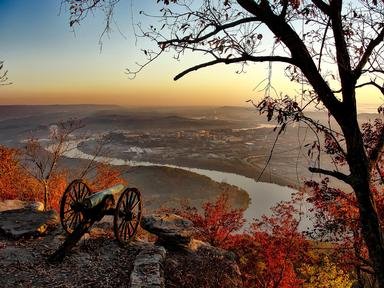
Keep Your Confederate Fingers off my Union Hair Quiz
Welcome! In this quiz, you are presented with fifteen names of commanders during the US Civil War. Your task is to select the ten Confederate commanders and leave the Union ones aside. Enjoy!
A collection quiz
by DeepHistory.
Estimated time: 3 mins.